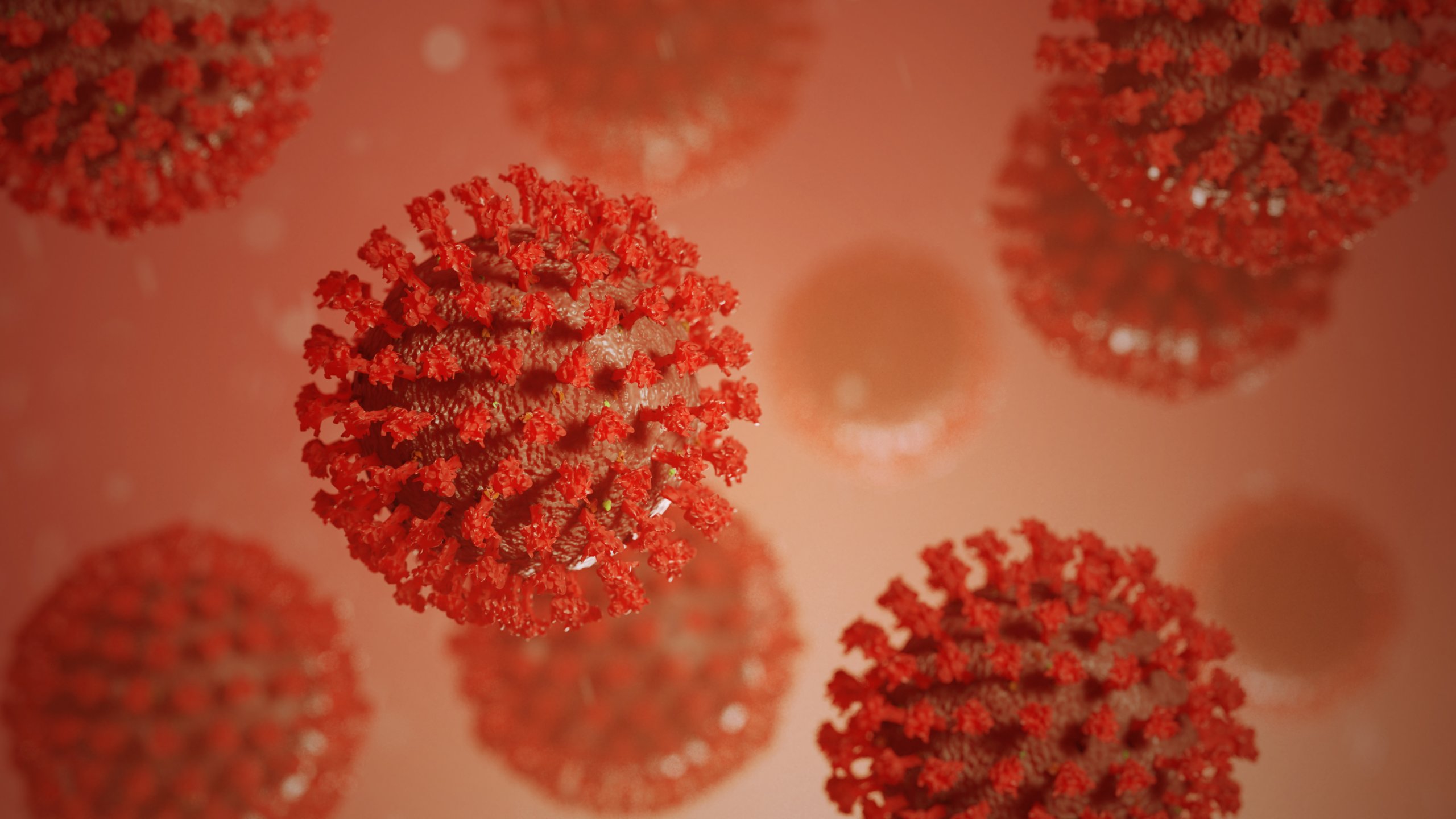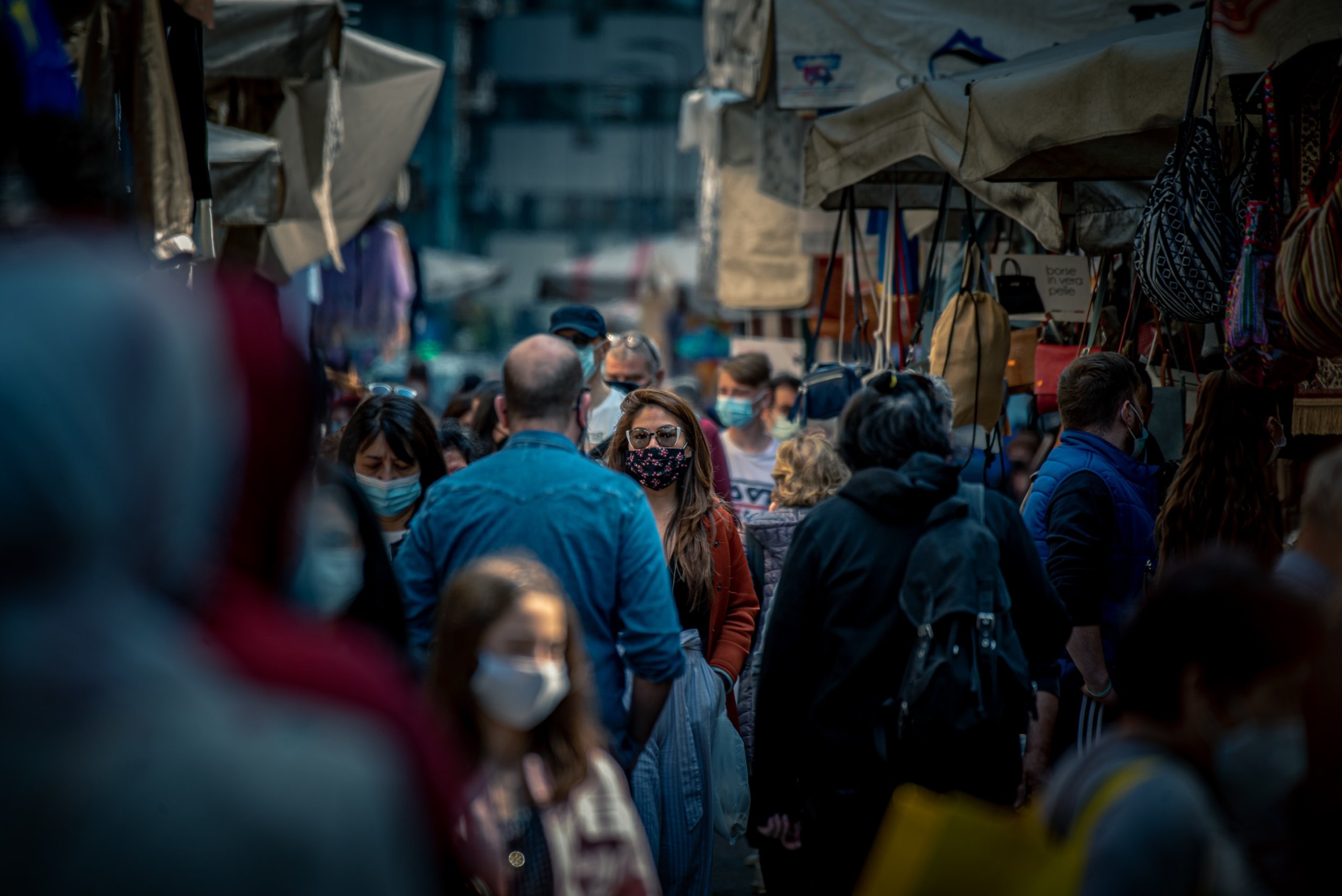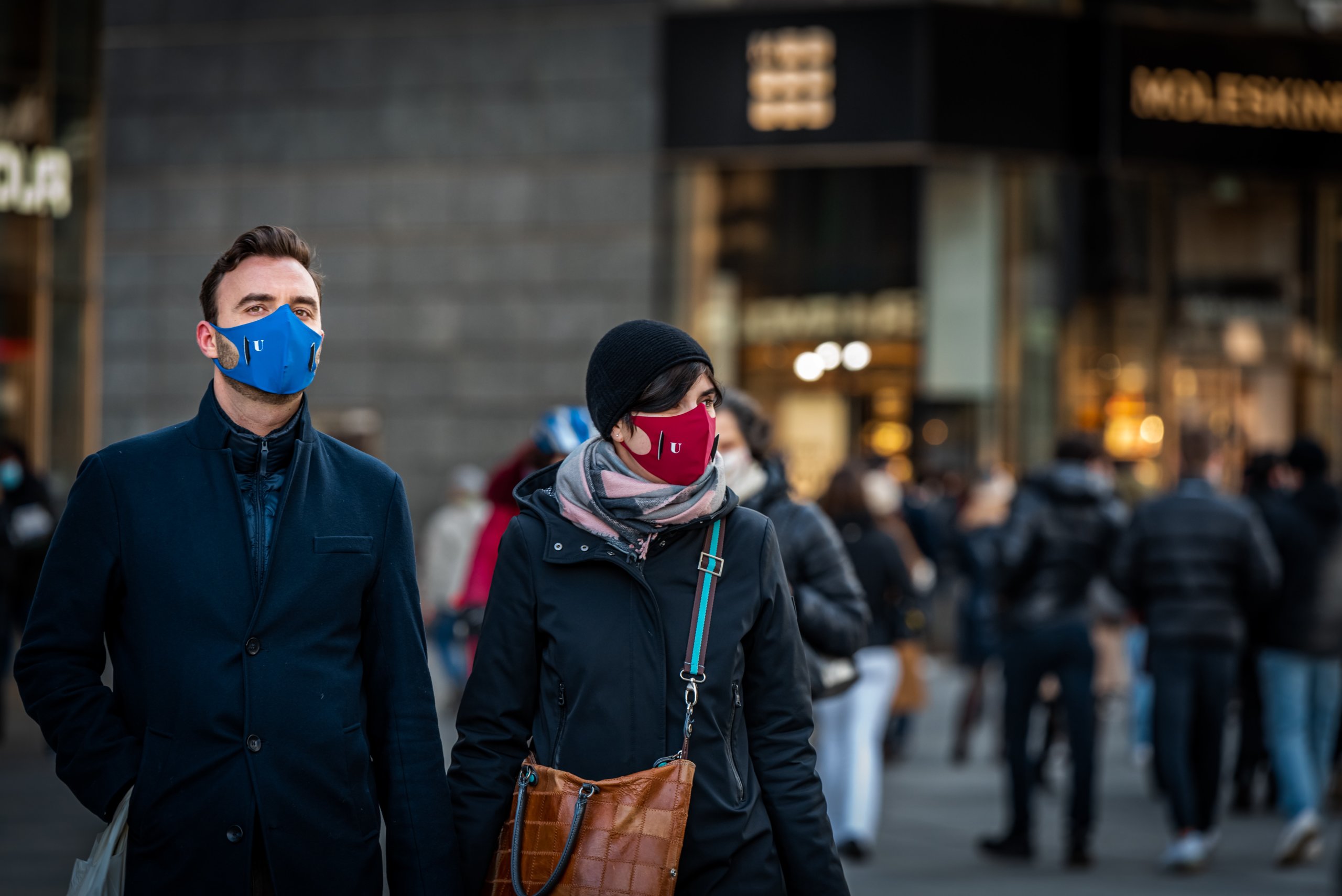
The coronavirus, also known as COVID-19, is wreaking havoc across countries, bringing economies to a standstill, and instilling fear in our global society. Establishments like the Centers for Disease Control and Prevention (CDC) and the World Health Organization (WHO) hurry to mount efforts to stymy this pandemic’s spread.
BlueDot, an artificial intelligence (AI) development firm, has been making headlines for warning about the coronavirus a full nine days before the WHO released an official alert. By tapping into a variety of information sources, the company identified a peculiar cluster of “unusual pneumonia” cases in Wuhan, China, on December 30, 2019.
By connecting the dots faster, AI could help us address threats like the coronavirus sooner.
Algorithms vs Infectious Diseases
BlueDot isn’t the first to apply algorithms to identifying disease outbreaks. But it separates itself from the crowd by taking a novel approach; instead of only relying on public health data, the Toronto-based developer’s AI algorithm takes numerous sources into account. News stories across the world, airline ticketing information, and reports tracking animal and plant disease spread name just a few.
Traditionally, epidemiologists track when and where people contract a certain disease to elucidate the source of the outbreak and which populations are most susceptible. BlueDot’s AI system models disease growth in populations so that it can predict how fast and far the malady will spread. Predicting the impact of a health issue like the coronavirus is just as vital as racing to find a cure; both play integral roles in combating the sickness.
Of course, AI is no magic bullet. The accuracy of the technology highly depends on the quantity and, perhaps more importantly, the quality of the data it learns from. AI system design and training have been the center of controversy numerous times, especially around ethical issues. And applying AI systems to something as important as public health can cause more trouble than good if implemented incorrectly.
How Data Helps Identify Disease Spreading
As mentioned, taking various information sources into account allows AI to make predictions about outbreaks like the coronavirus. Social media platforms like Facebook and Twitter allow more data than ever before to be correlated with a location and gleaned for insights about outbreaks.

This mountain of data is usually highly unstructured, which makes it difficult for computer systems to “understand” it. And it can come in myriad forms: breaking news, social media posts, airline flight check-ins, videos, etc. Public health data, like the number of reported cases in a location, is generally much more structured and better-suited for interpretation by computers. But to dig deep and find unprecedented insights like BlueDot did with the coronavirus outbreak, unstructured data must be leveraged.
Deep learning, a subset of machine learning, can help researchers make more sense of unstructured information. Deep learning algorithms rely on neural networks, which are basically thousands of layered, interconnected processors. Think of these processors like the neurons in the human brain.
Each layer of processors evaluates the data passed to it. It then either discards the information if it’s irrelevant or passes it to the next layer. By forming a feedback loop with the layers, the data is cycled through multiple times. This is what lets deep learning algorithms learn things, like identifying pictures of cats and dogs. By training these algorithms on different cats and dogs, they can recognize multiple types of each animal.
An AI model is only as good as the data you put into it, though. Too little data or too much erroneous information cause skewed results. So quality is critical. But ensuring high quality in unstructured information like crowd-sourced data is challenging and requires researchers to carefully filter through it. This is probably why BlueDot eschewed the use of social media information.
This isn’t to say that you should swear against using unstructured data. If you do, it’s crucial that you assess the quality of doing so. To accomplish this, researchers compare the output of their AI models with what unfolds in the real world. This process is known as ground-truthing. It’s a necessary step with unstructured data, because inaccuracies can lead to unfortunate events like mass hysteria.
Ai Isn’t a Panacea, But It Is a Valuable Tool in Our Fight for Survival
AI and machine learning applications have immense potential to improve how we identify disease spreading. As a result, more researchers and health workers are turning to these technologies to predict outbreaks. But it’s important to remember that AI is a tool in our fight against these threats, not a panacea.

Epidemiologists and virologists are still sorely needed to stop diseases from spreading. This is why BlueDot counts on epidemiologists to confirm the results of its algorithm. In fact, it’s highly unlikely that AI will ever replace statistics and epidemiology, our main tools for combating disease spread. Instead, it will work alongside and advance these fields.
By teaching public health workers how to use AI’s predicting prowess, they can improve their response time and quality. Around the world, researchers are creating new AI algorithms to help us understand more about threats like the coronavirus. As we solve foundational problems like bias, ethical issues, and false positives, the capabilities of this technology will only improve more and more.
But to really stymy the spread of sicknesses, it never hurts to diligently practice tried-and-true methods like washing your hands. What do you think the future of disease control and prevention looks like with AI? Let us know your thoughts in the comments below!





